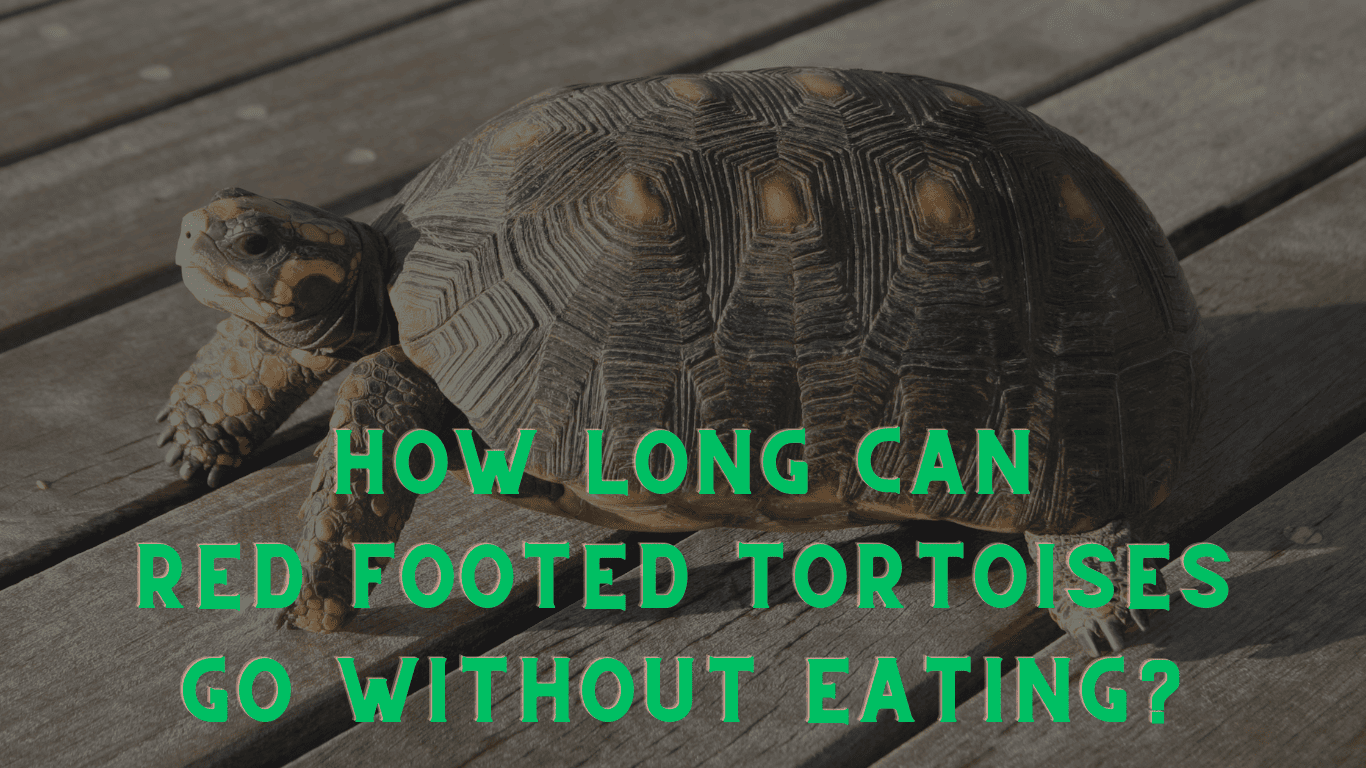South Carolina has specific laws regarding the ownership and transportation of turtles. Turtle owners and enthusiasts need to understand these laws to avoid legal repercussions. The South Carolina Department of Natural Resources (SCDNR) has established possession limits for native turtles and restrictions on transfers and sales.
According to the SCDNR, owning certain types of turtles without a permit, such as the spotted turtle, is illegal. Additionally, there are possession limits for other types of turtles, such as a maximum of two Diamondback Terrapins at a time.
If you want to transport more than 10 Yellow Belly turtles or Common Snapping turtles, you will need a special permit from the state. It is also important to note that translocation of turtles is prohibited in South Carolina.
Suppose you currently possess collections of native turtles over the limits established by the new law. In that case, you have until December 27th, 2020, to file an “Application for Temporary Exemption for Possession of Native Turtles over Possession Limits” with the SCDNR. It is crucial to understand these laws to ensure the safety and well-being of the turtles and avoid any legal consequences.
Turtle Ownership Laws in South Carolina

South Carolina has strict laws regarding turtle ownership, particularly for native turtle species. It is illegal to own any of the seven sea turtle species, including Loggerhead turtles, Green sea turtles, Leatherback turtles, Hawksbill turtles, Kemp’s ridley turtles, Olive ridley turtles, and Flatback turtles, without a license or permit from the state. Additionally, owning an endangered turtle species without a license or permit is illegal.
For native turtles, possession limits have been established by the South Carolina Department of Natural Resources (SCDNR). Article 123, Section 151-4, Possession Limits for Certain Native Reptiles and Amphibians, requires that a person not possess more than two eastern box turtles (Terrapene Carolina). It is important to note that these possession limits apply to personal use only and do not allow for commercialization.
Residents of South Carolina who currently possess collections of native turtles over the limits established by the new law have until December 27th, 2020, to file an “Application for Possession of Native Reptiles and Amphibians” with the SCDNR. The application must include a list of the species and number of each species in the collection.
It is also worth noting that no native reptile or amphibian, including parts, products, eggs, and derivatives, may be sold, purchased, traded, exchanged, bartered, exported or shipped, transferred, and re-homed in South Carolina, according to South Carolina Reptile & Amphibian Laws, Regulations, and Permits (123-151.3 (A)). This law applies to all native species, including turtles.
Turtle Commercialization Laws in South Carolina
South Carolina has strict laws to protect its turtle population from commercialization. It is illegal to sell or commercialize in any way any of the seven sea turtle species, which include Loggerhead turtles, Green sea turtles, Leatherback turtles, Hawksbill turtles, Kemp’s ridley turtles, Olive ridley turtles, and Flatback turtles. Additionally, it is illegal to sell or commercialize in any way endangered or vulnerable turtle species.
South Carolina has also implemented the “4 Inches Law,” which prohibits selling, purchasing, exchanging, bartering, or trading any turtle with a carapace length of less than four inches. This law was enacted to protect juvenile turtles, which are more vulnerable to commercial exploitation.
In addition to the “4 Inches Law,” the state has banned the commercial trade of native turtles. The new law and regulations prohibit the sale, purchase, exchange, barter, trade, export, shipping, or “re-homing” of any native reptile or amphibian species unless specifically regulated. This ban was enacted to protect the state’s native turtle population from overexploitation and commercialization.
South Carolina has also established possession limits for turtles. Possessing more than ten turtles of any species or subspecies at any one time without a valid permit is illegal. This limit was implemented to prevent individuals from hoarding turtles for commercial purposes.
The 4 Inches Law
The 4 Inches Law is a federal regulation that makes selling turtles smaller than 4 inches in shell length illegal in the United States. This law was put in place to protect public health by preventing the spread of Salmonella, a bacterial infection that turtles can transmit.
It is important to note that this law applies to all states in the United States, including South Carolina. Therefore, it is illegal to sell turtles that are smaller than 4 inches in South Carolina.
In addition, this law also applies to online pet stores and breeders. Like physical pet stores, they are not allowed to sell turtles smaller than 4 inches.
It is also important to note that this law only applies to sales. It is legal to possess turtles that are smaller than 4 inches, but it is illegal to sell them. This means that if you have a turtle that is smaller than 4 inches, you cannot sell it.
Overall, the 4 Inches Law is a necessary regulation that helps protect public health by preventing the spread of Salmonella. It is critical to comply with this law to ensure the safety of both turtles and humans.
| Entity | Relevance |
|---|---|
| Limits | The law sets a minimum size limit for the sale of turtles. |
| Possession Limits | The law does not set any possession limits, but selling turtles smaller than 4 inches is illegal. |
Laws About Wild Turtles in South Carolina
In South Carolina, it is illegal to sell or commercialize any of the seven sea turtle species, including Loggerhead turtles, Green sea turtles, Leatherback turtles, Hawksbill turtles, Kemp’s ridley turtles, Olive ridley turtles, and Flatback turtles. Selling or commercializing endangered or vulnerable turtle species is also illegal. The state’s Marine Resources Act, Title 50, Chapter 5, Section 50-5151, regulates using Turtle Excluder Devices (TEDs) in fishing gear to reduce sea turtle bycatch.
The South Carolina Department of Natural Resources (SCDNR) enforces regulations that govern the collection, possession, and transfer of native species in the state, including native turtles. The possession limits for native turtles in South Carolina are specified in the Code of Laws, Title 50, Chapter 15. The possession limit for most native turtles is ten per person, per day, except for the following species:
- Spotted turtle (Clemmys guttata) – possession limit of two per person per day
- Box turtle (Terrapene Carolina) – possession limit of four per person per day
- Diamondback terrapin (Malaclemys terrapin) – possession limit of two per person per day
Collecting or possessing any threatened or endangered turtle species in South Carolina without a permit from the SCDNR is illegal. The SCDNR also regulates the possession of non-native turtles.
Native Species for South Carolina
South Carolina, with its rich ecological diversity, houses a wide array of native turtle species. Each species carries distinct traits and occupies different habitats, a spectacular reflection of the state’s environmental richness. It’s crucial for residents and visitors alike to be well-versed in the laws and regulations concerning these species’ collection, possession, and transference, ensuring their sustainable conservation.
Among the numerous native turtle species in South Carolina, the Eastern Box Turtle (Terrapene Carolina) is particularly notable. Found across the state in a variety of habitats such as forests, fields, and wetlands, these turtles are subject to possession limits, with individuals allowed to hold no more than two.
Another native to the state, the Diamondback Terrapin (Malaclemys terrapin), is primarily found along the coastal areas. Renowned for the distinctive diamond-pattern on their shells, these turtles are protected by state law, and it’s illegal to collect or possess them without a permit.
The endangered Bog Turtle (Glyptemys muhlenbergii) calls South Carolina home as well. Residing mostly in wetland habitats and characterized by their unique orange and yellow shell markings, these turtles enjoy protection under state and federal laws.
South Carolina also hosts a multitude of other native turtle species, including:
- Spotted Turtle (Clemmys guttata)
- Florida Cooter (Pseudemys floridana)
- River Cooter (Pseudemys concinna)
- Chicken Turtle (Deirochelys reticular)
- Eastern Painted Turtle (Chrysemys picta)
- Spiny Softshell Turtle (Apalone spinifera)
- Florida Softshell Turtle (Apalone ferox)
- Common Snapping Turtle (Chelydra serpentina)
- Striped Mud Turtle (Kinosternon Laurie)
- Eastern Mud Turtle (Kinosternon subforum)
For each species, possession limits and regulations may differ, emphasizing the importance of understanding and abiding by state laws before collecting or possessing any native turtle species in South Carolina. Join us as we explore these magnificent creatures and the efforts being made to protect them
South Carolina Laws About Sea Turtles
South Carolina has strict laws to protect its native sea turtle species. All four sea turtles found in South Carolina are protected by state and federal law, principally by the US Endangered Species Act of 1973. Additionally, all species of sea turtles are protected by the Convention on International Trade in Endangered Species (CITES).
It is illegal to own any of the seven sea turtle species: Loggerhead turtles, Green sea turtles, Leatherback turtles, Hawksbill turtles, Kemp’s ridley turtles, Olive ridley turtles, and Flatback turtles. Owning an endangered turtle species without a license or permit from the state is also illegal.
The South Carolina Department of Natural Resources (SCDNR) is responsible for enforcing sea turtle regulations in the state. The SCDNR has established designated coastal areas that are utilized or likely to be utilized by sea turtles for nesting. The regulations prohibit activities that could harm sea turtles or their nests in these areas.
During nesting season, beachfront property owners must comply with outdoor lighting regulations to prevent the disorientation of hatchlings. The regulations require beachfront property owners to use turtle-friendly lighting fixtures and to turn off or shield all other lights visible from the beach.
If you find a stranded or injured sea turtle, it is essential to contact the SCDNR immediately. Attempting to handle or transport a sea turtle without proper training and permits can cause further harm to the animal and result in fines or legal repercussions.
Why Those Laws Exist
South Carolina has several laws in place to protect its native turtle species. These laws are necessary to ensure the state’s turtle populations remain healthy and sustainable.
One of the main reasons for these laws is conservation. Many turtle species are threatened or endangered due to habitat loss, pollution, and other factors. By regulating the possession and sale of these species, South Carolina can help protect them from further harm.
In addition to conservation, these laws protect non-native turtle species from being introduced into the state. Non-native species can compete with native species for resources, potentially disrupting the ecosystem. By prohibiting the possession and sale of non-native species, South Carolina can help prevent these negative impacts.
Scientific research is another reason for these laws. Researchers may need to study turtle populations to understand their behavior, biology, and ecology. By allowing limited possession and collection for scientific purposes, South Carolina can facilitate necessary research while protecting turtle populations.
Conclusion
In conclusion, South Carolina has several laws to protect its native turtle species. These laws include possession limits, size restrictions, and bans on commercial trade.
Reptile and amphibian enthusiasts in the state must be aware of these regulations to avoid legal issues. Violating these laws can result in fines and even imprisonment.
By enforcing these laws, South Carolina is taking steps towards protecting its wildlife and preserving its natural habitats. It is essential for individuals to respect these regulations and do their part in maintaining a healthy ecosystem for all species to thrive.
Resources
If you want to learn more about South Carolina turtle laws, several resources are available to help you navigate the regulations and requirements.
The South Carolina Department of Natural Resources (SCDNR) is the state’s primary authority on turtle laws. They have a wealth of information on their website, including a detailed overview of the laws and regulations, frequently asked questions, and information on obtaining a scientific collection permit.
If you have specific questions or concerns about the laws, contact a herpetologist at the SCDNR for assistance. They can guide how to comply with the regulations and avoid penalties for non-compliance.
Act 177 is the primary law governing the collection, possession, and transfer of native turtle species in South Carolina. It is essential to familiarize yourself with the provisions of this law if you plan to collect or keep turtles in the state.
If you are in the Charleston area, you may also want to check with local wildlife organizations or conservation groups for additional resources and information on turtle laws.




Leave a Reply